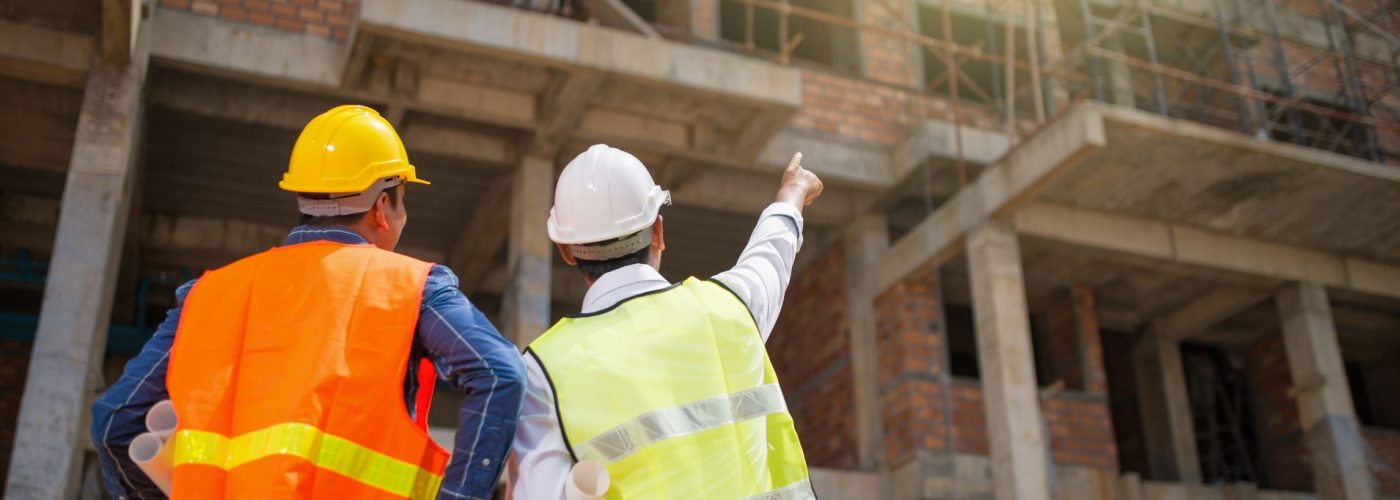- Bureau Veritas hails month-long initiative as ‘crucial’ in turning the tide on improving overall health in the construction industry
- Leading CDM and Occupational Hygiene authority urges industry to eliminate risks associated with dust, starting at the design phase of development
Leading Construction Design and Management (CDM) and Occupational Hygiene authority, Bureau Veritas, has praised the Health & Safety Executive (HSE) for highlighting the respiratory risks associated with exposure to construction dust as part of its month-long inspection initiative.
Launched last week, the initiative will see HSE inspectors across the UK target construction firms to check the status of their health and safety standards, looking at the control measures businesses have in place to protect their workers from exposure to construction dust, including silica, asbestos and wood dust.
Hailing the focus as a ‘crucial requirement’ in turning the tide on improving overall health in the construction industry, Bureau Veritas – a global expert in managing exposure risks to workers by recognising, evaluating and controlling hygiene hazards in the workplace – is urging construction firms to take an up-front approach to eliminating the risks associated with dust, starting at the design phase of development.
Fran Watkins-White, Head of CDM Services at Bureau Veritas, said: “The focus on construction workers’ respiratory health as part of the HSE’s inspection initiative is a necessary step in improving practices across the construction industry when it comes to protecting workers’ health. We’ve seen the industry make great strides in improving conditions that place workers at risk from exposure to dust, but there is much more to be done in terms of eliminating that risk through the design phase on projects and good construction planning – particularly when considering modern advances in construction technology.”
Research shows that each year more than 3,500 builders die from cancers related to their work, with thousands more cases of ill-health and lost working days. In fact, more workers are lost to diseases caused or made worse by their work than are actually killed in construction accidents.
The current Control of Substances Hazardous to Health (COSHH) 2002 regulations require employers to control substances that are hazardous to health through various methods, including providing measures to reduce harm to health, providing monitoring and health surveillance and planning for emergencies.
Joe Marais, Team Leader in Occupational Hygiene & Storage Equipment at Bureau Veritas, said: “Current regulations require the Duty Holder – or Principal Contractor – to ensure COSHH regulations are met, which detail the necessary steps to protecting employees against over exposure to hazardous substances, including dust. When considering the ‘hierarchy of control’, all too often we see Duty Holders implementing control solutions at the mid-way point – effective if the hazard is unremovable, of course, but does little to eliminate the hazard itself.
“We would therefore urge construction companies to consider the risk of exposure to dust and other hazardous materials from project conception, effectively ‘designing out’ the dust risk through construction planning, including off-site construction where possible, and planning for work to be undertaken in controlled environments equipped for better managing the health risks associated with dust – such as dust suppressants and collection systems.”
Fran added: “There are some simple ways that Duty Holders can ensure they are protecting the health of their employees, though we realise that complying with industry regulations and standards – such as CDM Regulations 2015, COSHH or ‘EH40’ (which details exposure limits) – can often feel like a minefield. In this instance, a third party such as Bureau Veritas can support in meeting necessary requirements and can even work with construction companies to provide a full suite of services, including CDM Consultancy services supporting the consideration of health and safety in design and support from our Occupational Health team by way of initial consultation, audit and testing through to full reports, recommendations and control of hazardous materials.”
Bureau Veritas is a leading CDM and Occupational Hygiene authority, with expert capability to support clients in meeting regulations and managing exposure to risk. To find out more about Bureau Veritas’ services or to discuss individual requirements with a member of the team, call 0345 600 1828 or visit www.bureauveritas.co.uk.





